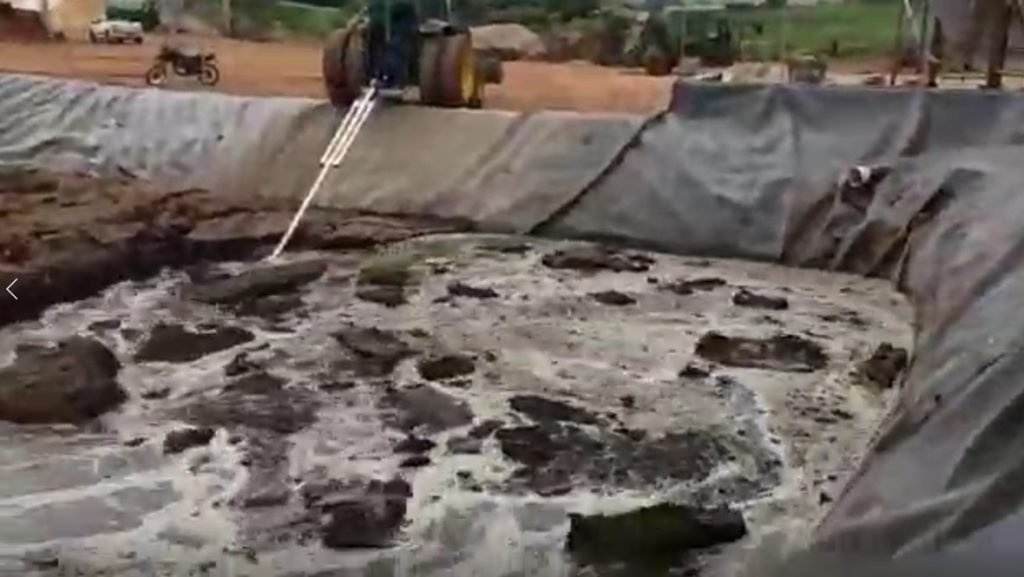The intensification of livestock farming, that is, the concentration of animals, both for milk production and for meat production, generated a problem: a greater accumulation of production waste. Manure, urine, other animal feed and other bedding could mean a problem if the producer does not know how to manage it.
In intensive dairy production systems, there is a high production of waste, and their appropriate destination must be designed in a way that not only avoids environmental pollution, but also provides gains for the production system.
Inadequate management of production waste can increase the risk of spreading disease, such as mastitis and hoof diseases. This is also a risk to human health and environmental health.
A property that does not treat its waste properly will certainly have a higher incidence of flies and bad odors, which can be a environmental and worker health problem.
Thus, the Proper management of farm waste is essential to get the call environmental sanitation, which is to produce with safety, environmental quality and worker safety.
Opportunities
However, it is important to highlight that, if well managed, production waste represents a opportunity. By taking proper care of waste management, you can achieve:
1) Electrical energy
This property, depending on the number of animals and the technology used, can be self-sufficient in energy production, with perspectives of, including, sell energy to the concessionaire.
2) Biofertilizer
Waste can be applied as biofertilizers. The application of biofertilizer saves up to 25% of external inputs (nitrogen, phosphorus and potassium). This biofertilizer, if managed properly, can be applied to any and all production, from forage to other agricultural crops produced on the farm.
These data were provided by the Embrapa Gado de Leite researcher, Marcelo Otenio. He cited the example of the farm Agrindus, where the application of biofertilizer completely replaces chemical nitrogen fertilization, and this represents an enormous environmental and economic gain.
Biofertilizer in liquid form has the characteristic of being more available to the plant, so that the grass does not require any chemical fertilization from another source throughout the year. In this case, only agronomic management of pest control and harvesting is carried out at the determined cutoff point.
More information on this topic can be found in the online course Waste management in livestock farming, of EducaPoint, presented by Otenio and recorded at the Agrindus farm. In the course, he explains how the correct management and appropriate disposal of dairy farming waste should be carried out, at different production scales, covering everything from cleaning the facilities, the processes recommended for treating waste, and the ways in which they can be applied in an economical and sustainable way, with gains not only for the rural producer but, mainly, for the environment.
SOURCE: Educapoint



